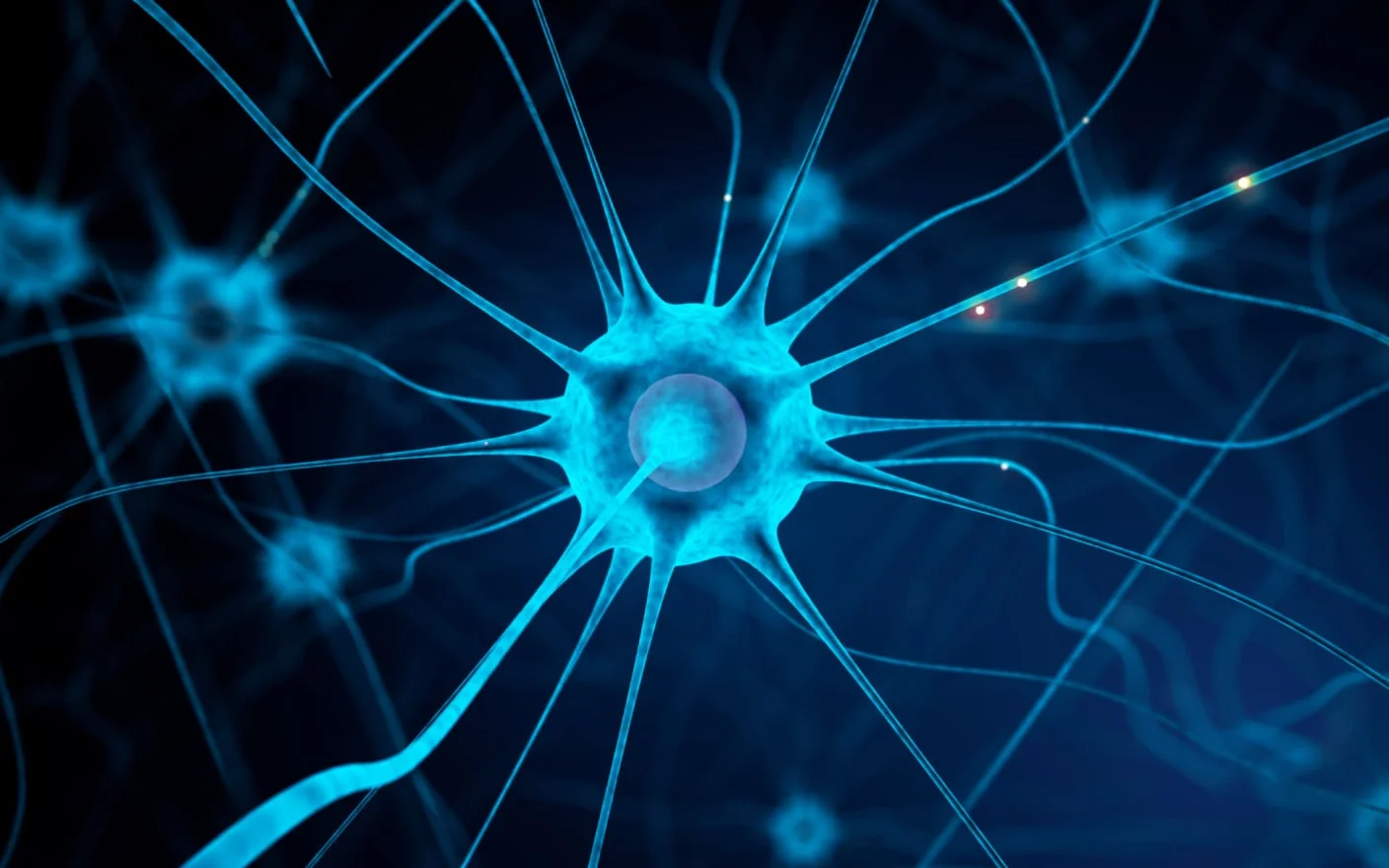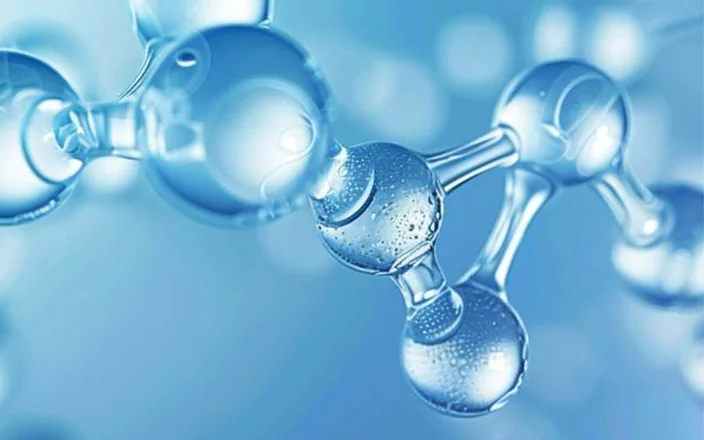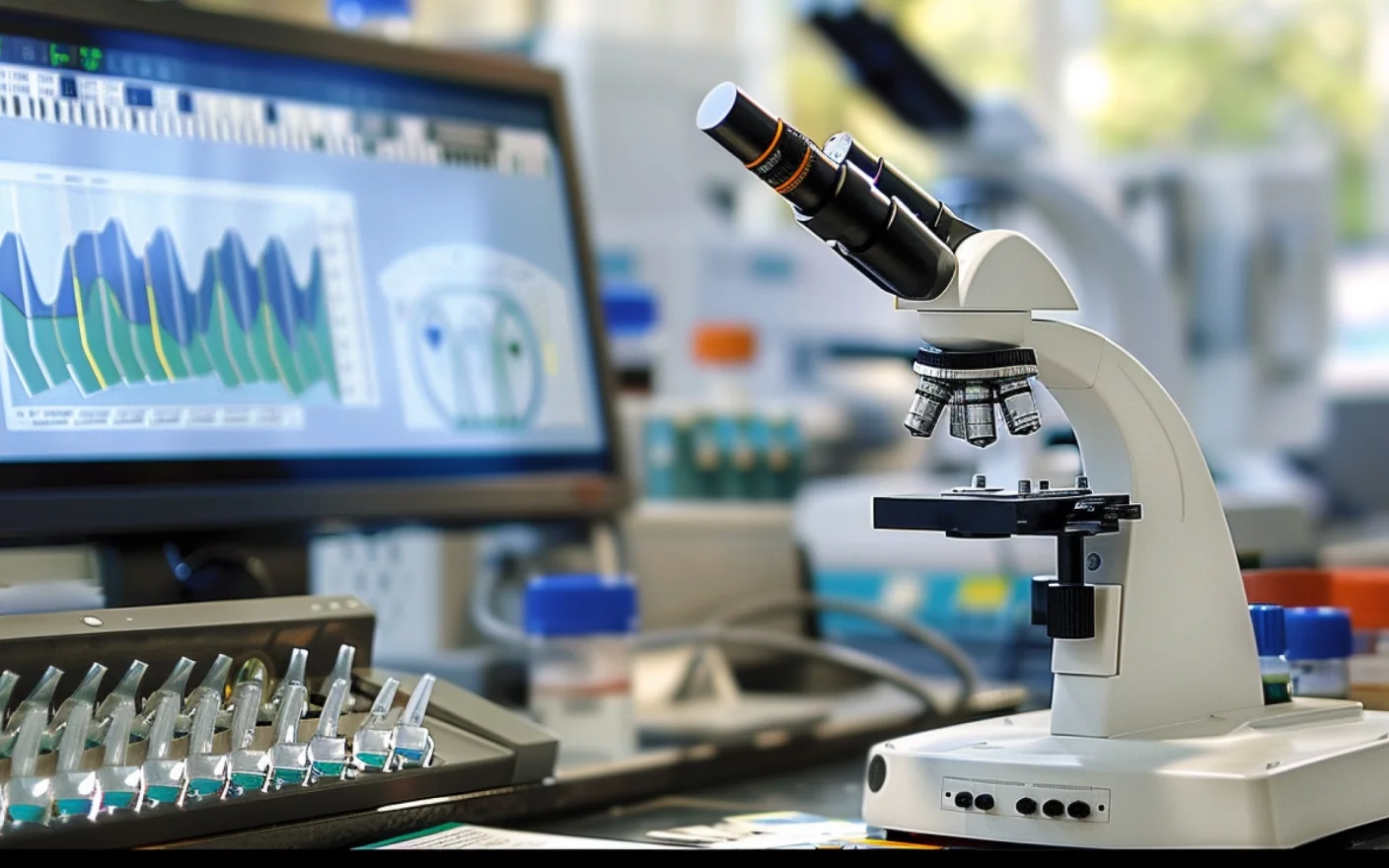Nonspecific binding is a form of adsorption resulting from non-covalent bonding forces. In a solution, the test article will bind to the solid surface due to the electrostatic interactions or the hydrophobic effect of the compound. The nonspecific binding could occur in the whole process of pharmacokinetic (PK) study, such as formulation preparation, dosing, sample collection, storage, and analytical testing of biological samples. Adsorption not only affects the results of the formulation and sample analysis but also leads to inconsistent sample extraction recovery calculations of standard curves at different concentrations, resulting in higher signal intensity at high-concentration and lower signal intensity at low-concentration. During instrumental analysis, adsorption can also affect the chromatographic peak shapes and leads to system carryover, thereby affecting the accuracy of the results. This article discusses the common approaches and ideas for solving adsorption problems based on the principles of nonspecific binding and our experiences.
Three Factors of Nonspecific Binding
The quantity and strength of adsorption of test articles are closely related to three factors: the solid surface in contact with the solution, the composition of the solution, and the properties of the compound. These three elements will be described below in relation to practical scenarios of pharmacokinetic assays, including drug dosing, sample collection, and sample analysis (see Figure 1).

Figure 1. Three factors of nonspecific binding
Types of solid surfaces
During formulation preparation, sample collection, and sample analysis, compounds will be exposed to the solid surfaces of various materials. The main types of solids include glassware, plastic consumables, as well as phase lines and columns of liquid chromatography. Each material exhibits different adsorption principles, as summarized in Table 1.
|
Contact surface typec |
Adsorption principle |
|
Glassware |
Ion-exchange, bond-breaking reaction with silica-oxygen |
|
Polypropylene and polystyrene consumables |
Electrostatic effect, hydrophobic effect |
|
Metal liquid phase lines and columns |
Electrostatic effect |
Table 1. Adsorption principles of different material surfaces1
Type of solution
Solvents used for dissolving standard analytes or preparing formulations are composed of water, organic solvents, or dispersants. Small molecule analytes are highly soluble in these solvents, and the adsorption are relatively weak. However, biological matrices consist of complex components. For instance, in addition to a large amount of water, plasma also contains plasma proteins and lipids such as phospholipids. Small molecule drugs may bind to plasma proteins, and lipids could also attenuate the adsorption of the analyte. Consequently, in matrices such as whole blood, serum, and plasma, the adsorption of analytes is relatively weak. 2 In contrast, fluids such as urine, bile, and cerebrospinal fluid have lower concentrations of proteins and lipids, which increases the possibility of nonspecific adsorption during sample collection and bioanalysis.
Type of analytes
Some small molecule drugs may exhibit adsorption in excretory samples such as urine and bile, as well as in matrices such as cerebrospinal fluid. Notably, large molecule drugs such as peptides, proteins, peptide-drug conjugates (PDC), nucleic acid drugs, and cationic lipids are more likely to exhibit adsorption, which is influenced by the structure of the drug molecule. Peptides, proteins, and PDCs primarily consist of amino acids that are amphoteric compounds with both positively charged amino groups and negatively charged carboxyl groups, resulting in strong electrostatic effects. 3
The R group of some amino acids such as lysine, arginine, and histidine, separately have additional positively charged groups: amino groups, imidazolyl group, and guanidinyl groups (see Figure 2). Besides, owing to the relatively large structure, these molecules such as peptides, proteins, and PDCs exhibit pronounced electrostatic and hydrophobic effects. Therefore, these molecules may also be affected by adsorption in the matrices such as urine, bile, and plasma, as well as in the process of preparation of working solutions containing only reagents.

Figure 2. Adsorption of some amino acid residues with positively charged groups generating electrostatic interaction
Nucleic acids are amphoteric molecules composed of bases, ribose or deoxyribose, and phosphoric acid. Pyrimidines and purines contain large amounts of amino groups, and phosphate groups easily bind to metal surfaces (see Figure 3).4

Figure 3. Schematic diagram of five common bases and structures of nucleic acids
Cationic lipids also possess amphiphilic properties, as exemplified by 2,3-dioleoxypropyl trimethylammonium chloride (DOTAP). DOTAP consists of a head group containing a positively charged quaternary ammonium salt, connected to a long chain tail through an ester bond linking fragment. The head group induces a strong electrostatic effect, while the tail generates a hydrophobic effect, leading to pronounced adsorption (see Figure 4).5

Figure 4. Structure of cationic lipid DOTAP. The head group and tail have electrostatic and hydrophobic effects respectively
Other factors affecting adsorption
The three factors of nonspecific binding determine the occurrence of adsorption. In addition to these three factors, some other factors such as ambient temperature, solution pH, exposure time of the solution to the solid surface, and even the number of freeze–thaws the solution undergoes will impact the degree of adsorption. Consequently, these factors need to be examined during the actual assay process.
Common Approaches to Solve Non-specific Binding
The larger the contact surface area and the longer the contact time between the analytes and the surfaces of consumables or pipelines in the solution, the more severe adsorption becomes.6 This principle underlies common methods for investigating nonspecific adsorption, including continuous transfer and gradient dilution. Additionally, the presence and extent of adsorption can be determined by comparing the signal differences when the same volume of solution is placed in containers of different sizes or when different volumes of solution are placed in containers of the same size. For different types of biological matrices, desorption agents are typically added to facilitate the process of desorption. General desorption approaches for various biological matrices are summarized in Table 2.
|
Matrix Type |
Desorption approach |
|
Small-volume matrix samples (such as cerebrospinal fluid) |
Addition of organic reagents to increase the solubility of analytes; Addition of bovine serum albumin or plasma to compete for binding to analytes; |
|
Large-volume matrix samples (such as urine, fecal homogenates, and bile) |
Addition of surfactants; passivation of solid surfaces; improvement of the solubility state of analytes |
Table 2. General desorption pathways for different biological matrices
The surfactant has a hydrophilic group at one end and a hydrophobic group at the other end. The addition of surfactants can lead to a more uniform dispersion of analytes in the solution, thereby improving the dissolution state and weakening the hydrophobic effects that produce nonspecific adsorption. 7 The addition of surfactants is closely related to varying degrees of signal suppression or interference during the mass spectrometry of analytes. Therefore, suitable surfactants need to be selected for different compounds to provide a desorption effect while avoiding interference with the detection of analytes. Commonly used surfactants are listed in Table 3.
|
Classification |
Examples |
|
Anionic surfactants |
Sodium dodecylbenzene sulfonate (SDBS) |
|
Cationic surfactants |
quaternary ammonium salts, etc. |
|
Nonionic surfactants |
Tween and Tralatone, etc. |
|
Amphoteric surfactants |
3-[3-(Cholamidopropyl)dimethylamino] propanesulfonic acid inner salt (CHAPS), etc. |
Table 3. Classification of surfactants
During sample collection and pretreatment, the adsorption effect can also be mitigated through the use of low-adsorption consumables, such as low-adsorption tubes designed for proteins and nucleic acid compounds and low-adsorption 96-well plates. During analysis and detection, the use of surface-passivated chromatographic columns and liquid phase systems with low adsorption properties can reduce the adsorption of phosphorylated compounds (see Figure 5) and nucleic acid drugs (see Figure 6). This effect improves the peak shapes and higher mass spectrometry signals.

Figure. 5 A) Structural formula of AMP and ATP. B) Symmetrical peak shapes achieved utilizing low adsorption liquid phase system and chromatographic column. C) Conventional liquid phase system shows significant tailing of peaks.

Figure. 6 A) Structural formula of phosphorothioate-modified nucleic acid analogs. B) a) Conventional and b) low adsorption liquid phase system with nearly 10-fold signal increase signal
Strategies for Addressing Nonspecific Binding in New Modality Drugs
|
Desorption strategy |
Desorption mechanism |
|
Screening of solvents and adjustment of solution pH, Screening of suitable desorbents |
Increase the solubility of compounds in the solution |
|
Use of low-adsorption consumables |
Surface passivation of consumables |
|
Addition of metal ion chelator to the flow phase, Use of low-adsorption liquid phase systems and columns |
Reduce metal ion chelation, passivation of metal pipeline surface |
Table 4. Strategies and underlying mechanisms for addressing nonspecific binding in new modality drug types
Peptides, proteins, and PDC drugs exhibit significant adsorption because of their poor solubility. Adjusting the pH of the dissolution solvent and optimizing the type and composition of the dissolution solvent could improve the solubility of the compound to some extent, thereby reducing the adsorption effect. Additionally, these compounds often exhibit low signal response in the liquid-mass system, therefore, careful selection and optimization of desorption agents is crucial to meeting the sensitivity requirements.
We have also built a platform for the detection of nucleic acid drugs, which are typically modified with a phosphorothioate backbone, as shown in Figure 7. This modification enhances the enzyme stability in the matrix and the binding affinity of nucleic acid drugs to plasma proteins, thereby reducing nonspecific adsorption. In addition to using desorption agents, adding chelating agents such as ethylenediaminetetraacetic acid (EDTA) to the mobile phase and adjusting pH can also attenuate the adsorption of nucleic acid drugs on the metallic path and column to some extent. 8Finally, a low adsorption column and liquid phase system with passivated metal path surface can be used to reduce the adsorption effect, thereby improving the recovery of nucleic acid drugs and reducing the lower limit of detection.

Figure 7. Phosphorus-sulfur backbone and glycosyl modifications of nucleic acid-based drugs
Conclusion
Nonspecific binding of compounds affects the accuracy of pharmacokinetic assay results. Therefore, selecting appropriate solvents and vehicles based on the characteristics of the compounds under investigation is imperative. Furthermore, optimizing sample collection and storage conditions, developing a suitable pretreatment process for biological samples, and screening the liquid phase system is essential to ensuring the stability of analytes using pharmacokinetic assays. Finally, implementing these measures can ensure the accuracy and reliability of assay results.
Click here to learn more about the strategies for nonspecific binding, or talk to a WuXi AppTec expert today to get the support you need to achieve your drug development goals.
Authors: Minhui He, Zhengzhen Gao, Jinlian Lu, Lingling Zhang, Lili Xing
Committed to accelerating drug discovery and development, we offer a full range of discovery screening, preclinical development, clinical drug metabolism, and pharmacokinetic (DMPK) platforms and services. With research facilities in the United States (New Jersey) and China (Shanghai, Suzhou, Nanjing, and Nantong), 1,000+ scientists, and over fifteen years of experience in Investigational New Drug (IND) application, our DMPK team at WuXi AppTec are serving 1,500+ global clients, and have successfully supported 1,200+ IND applications.
Reference
[1] Tan A, Fanaras J C. Nonspecific binding in LC–MS bioanalysis[J]. Targeted biomarker quantitation by LC–MS, 2017: 137-147.
[2] Pippa L F, Marques M P, da Silva A C T, et al. Sensitive LC-MS/MS Methods for Amphotericin B Analysis in Cerebrospinal Fluid, Plasma, Plasma Ultrafiltrate, and Urine: Application to Clinical Pharmacokinetics[J]. Frontiers in Chemistry, 2021, 9.
[3] Chambers E E, Legido-Quigley C, Smith N, et al. Development of a fast method for direct analysis of intact synthetic insulins in human plasma: the large peptide challenge[J]. Bioanalysis, 2013, 5(1): 65-81.
[4] Basiri B, Bartlett M G. LC–MS of oligonucleotides: applications in biomedical research[J]. Bioanalysis, 2014, 6(11): 1525-1542.
[5] Jensen D K, Jensen L B, Koocheki S, et al. Design of an inhalable dry powder formulation of DOTAP-modified PLGA nanoparticles loaded with siRNA[J]. Journal of controlled release, 2012, 157(1): 141-148.
[6] Ji A J, Jiang Z, Livson Y, et al. Challenges in urine bioanalytical assays: overcoming nonspecific binding[J]. Bioanalysis, 2010, 2(9): 1573-1586.
[7] Stejskal K, Potesil D, Zdrahal Z. Suppression of peptide sample losses in autosampler vials[J]. Journal of proteome research, 2013, 12(6): 3057-3062.
[8] Yin W, Rogge M. Targeting RNA: a transformative therapeutic strategy[J]. Clinical and translational science, 2019, 12(2): 98-112.
Stay Connected
Keep up with the latest news and insights.











